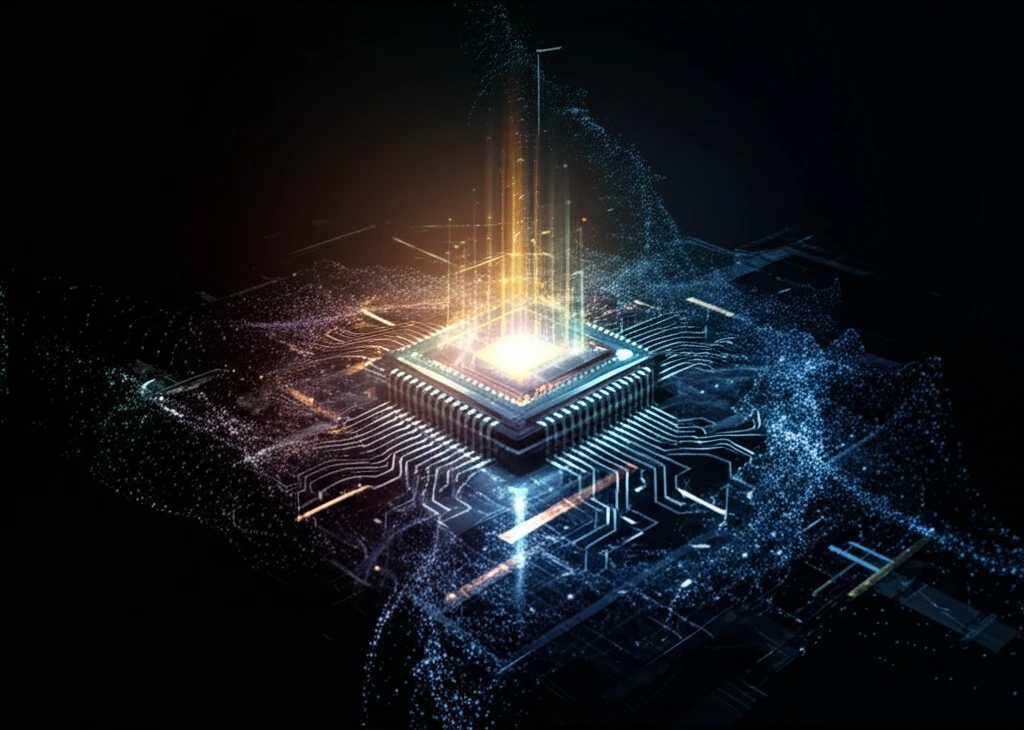
Elegant Acceleration: How GPU Technology is Revolutionizing Particle Beam Dynamics
"Unlock the secrets of advanced accelerator physics: Explore how GPU acceleration is transforming particle beam dynamics and what it means for the future of scientific research."
For years, the Elegant code has been the backbone of particle accelerator design, allowing scientists to model and optimize high-energy systems. But as research demands grew, the computational intensity of these simulations began to push the limits of traditional CPUs. Enter GPU acceleration: a game-changing approach that leverages the parallel processing power of graphics cards to achieve unprecedented performance gains.
In a recent study, researchers unveiled a new version of Elegant that harnesses CUDA-enabled GPUs, achieving performance boosts of 6-10 times compared to CPU-only systems. This leap isn't just about raw speed; it's about unlocking new possibilities in accelerator physics, making complex simulations more accessible, and driving innovation faster than ever before.
But what exactly does this mean for the average science enthusiast? This article breaks down the key concepts of GPU acceleration, explores the innovative framework behind the new Elegant code, and examines the real-world implications of this technological leap. Whether you're a seasoned researcher or simply curious about the future of particle physics, prepare to discover how GPUs are rewriting the rules of the game.
Diving Deep: The GPU Acceleration Framework

The real magic lies in how the GPU-accelerated version of Elegant is designed. The researchers focused on creating a flexible framework that simplifies the implementation of fundamental kernel types. Think of these kernels as the building blocks of the simulation: particle operations, reductions, particle loss calculations, histograms, array convolutions, and random number generation.
- Templated kernels reduce code maintenance and programming errors.
- Abstract interfaces hide CUDA-specific data-parallel implementation details.
- Development workflow avoids CUDA boilerplate such as thread and block configurations, thread-index computations and data conversions
- The GPU particle accessor class reads particle data from struct-of-arrays format into the thread registers
The Future is Accelerated
The development of the GPU-accelerated Elegant code represents a significant step forward in particle accelerator technology. By harnessing the power of GPUs, researchers are unlocking new possibilities for simulation and design, paving the way for groundbreaking discoveries in high-energy physics and beyond. As GPU technology continues to evolve, we can expect even greater performance gains and wider adoption of this revolutionary approach.
